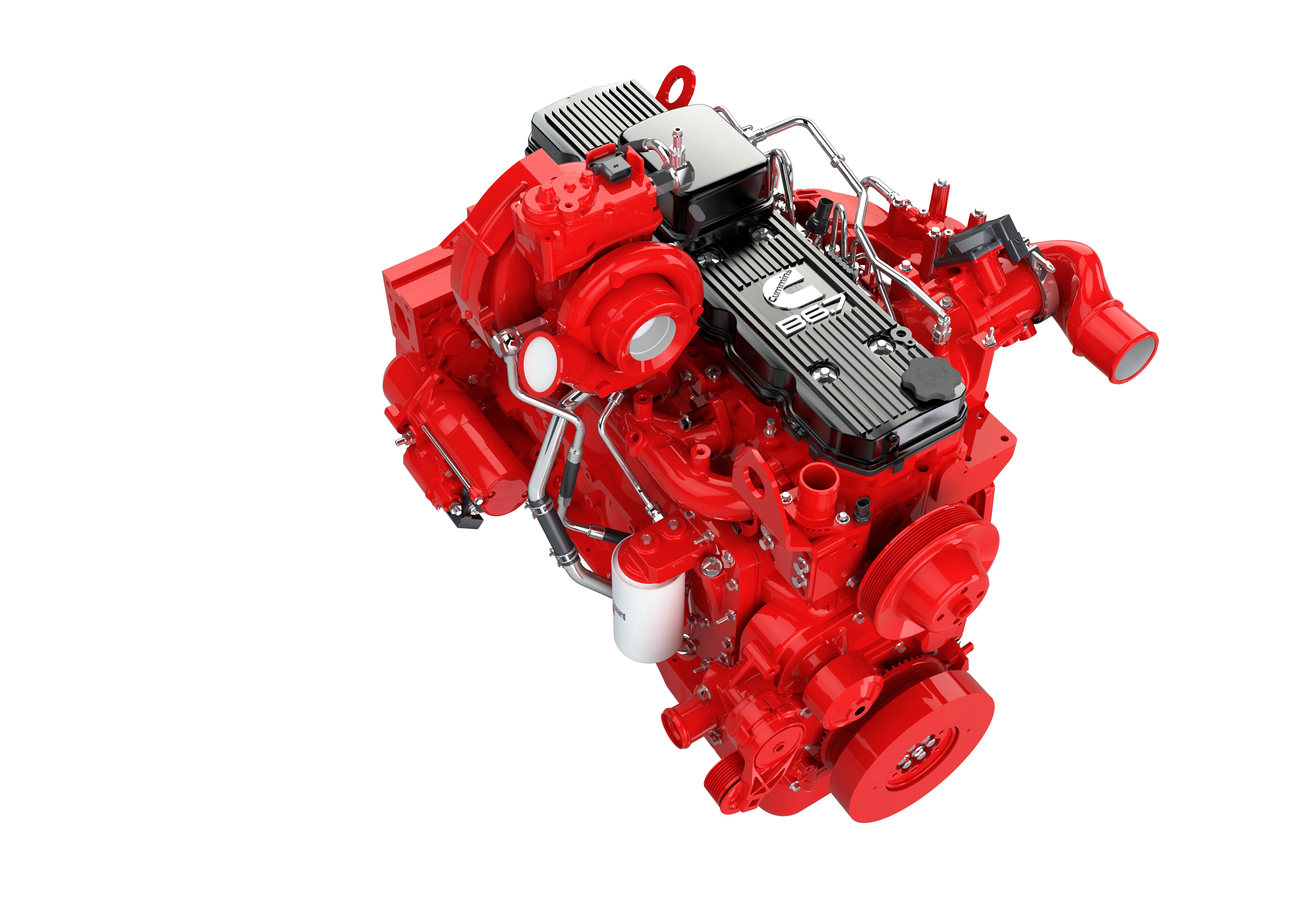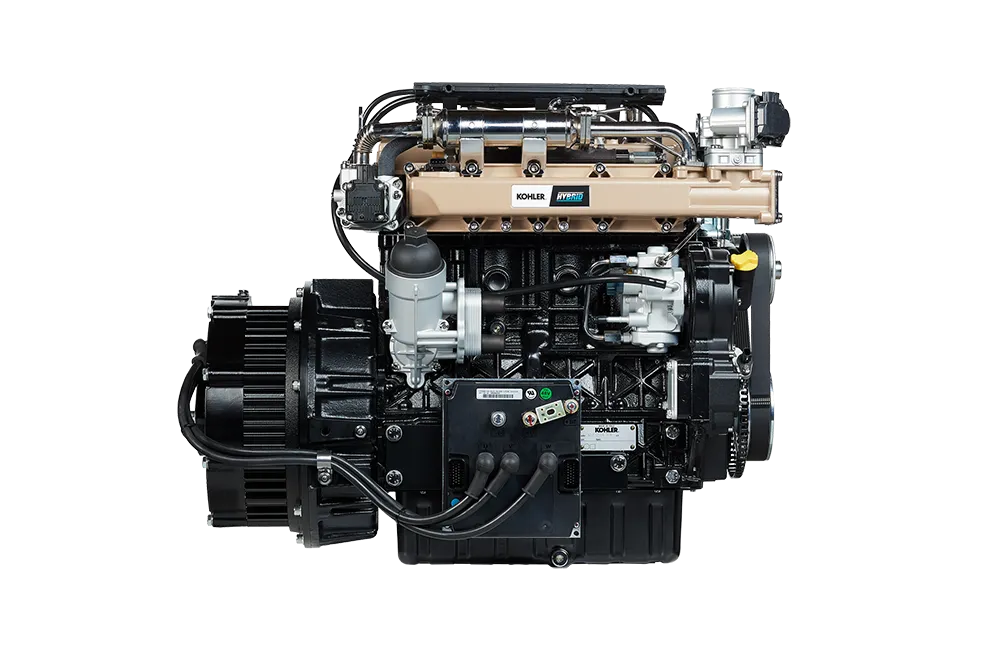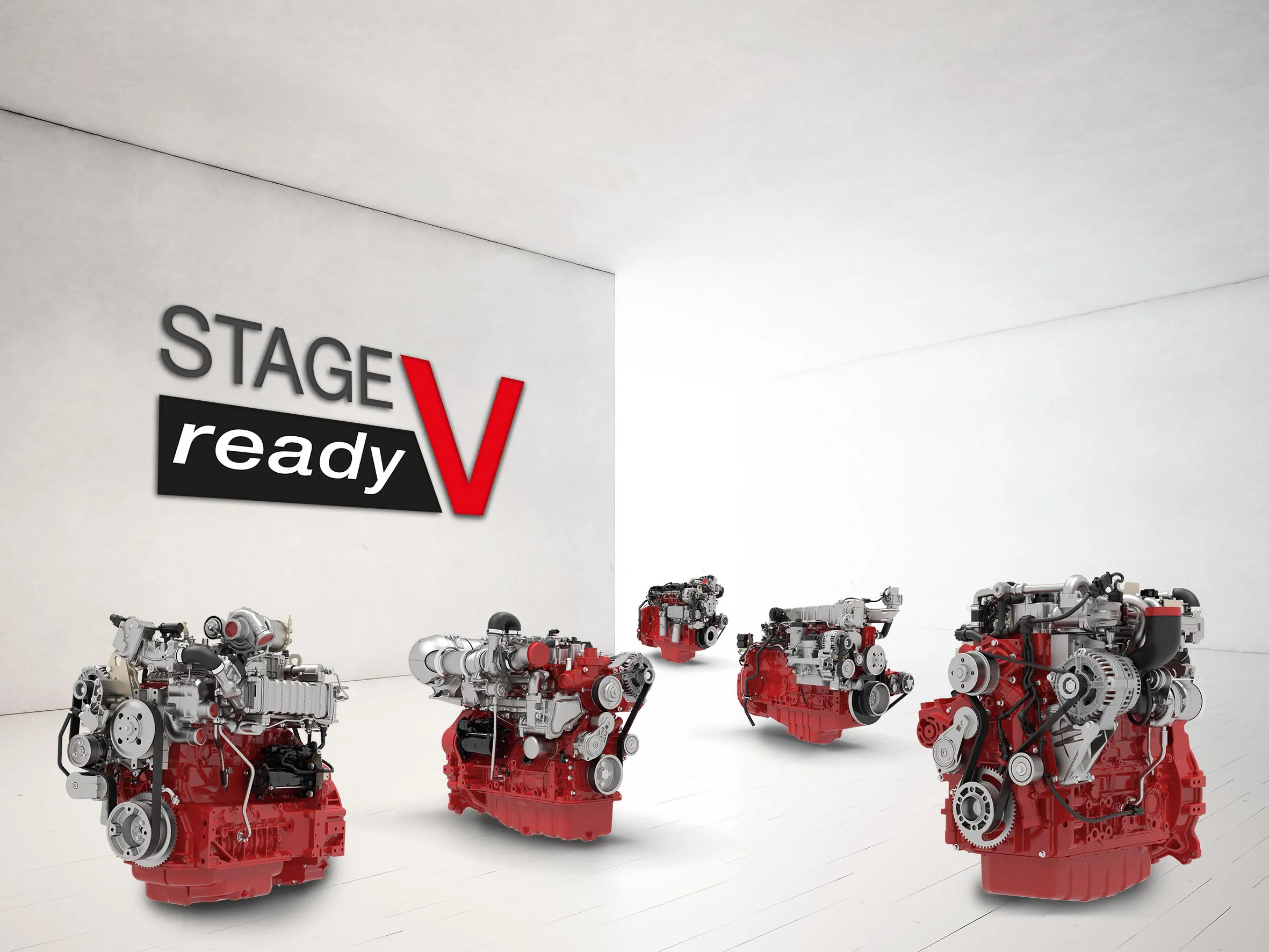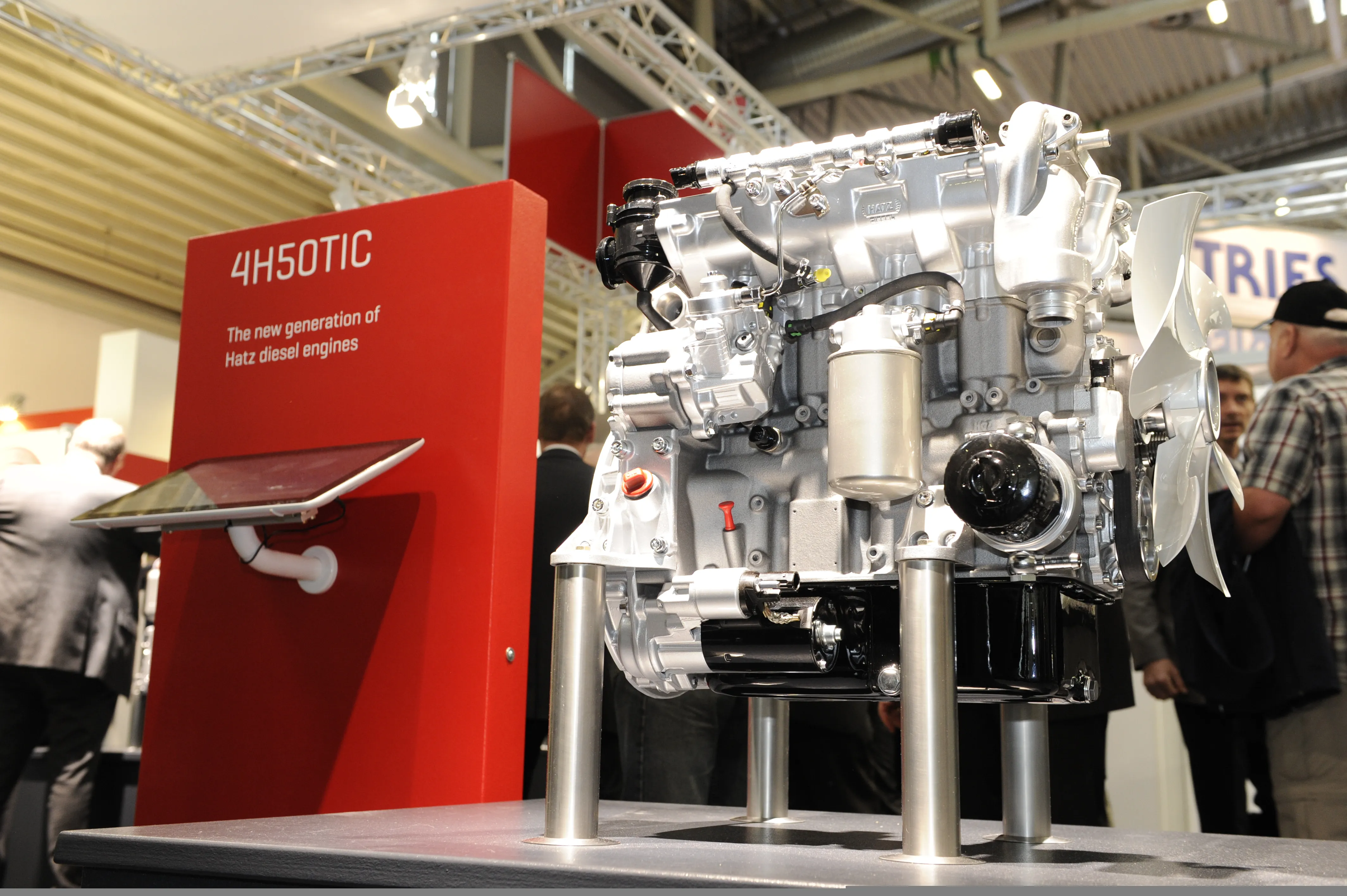
The firm is now offering Stage V engines with power outputs from 74-503kW and claims the units offer higher performance, more reliability, better productivity, improved fuel efficiency and extended service intervals. The engines are said to be more compact with less weight, less to cool, less installation complexity and lower installation cost for manufacturers.
The novel Single Module aftertreatment and its higher NOx conversion capability has supported the removal of EGR from engines in the 3.8-9litre range. Cummins B6.7 and L9 Stage V engines both offer higher power output and torque. The Stage V B6.7 can now deliver up to 243kW, with a 30% increase in peak torque to 1375Nm. The L9 maximum power has been increased by23kW to 321kW for Stage V, as well as a 13% increase in peak torque to 1846Nm.
The F3.8 and B4.5 engines will also be ready prior to the required date of 2020, with increases in power and torque for Stage V. The 3.8litre moves from 97kW at Stage IV to 129kW at Stage V, while the 4.5litre engine jumps from 129kW to 149kW. Peak torque of the F3.8 increases by more than 20%, to 620 Nm, and an 11% increase moves the B4.5 up to 780Nm.
A key benefit of the new Stage V engines from Cummins is that they are more tolerant of high sulphur fuels than the earlier low emission diesels. A spokesperson for the firm explained that this is because the new Stage V emissions system does not use EGR technology. Moisture used to develop in the EGR and this turned acidic due to the presence of sulphur, leading to internal corrosion.








